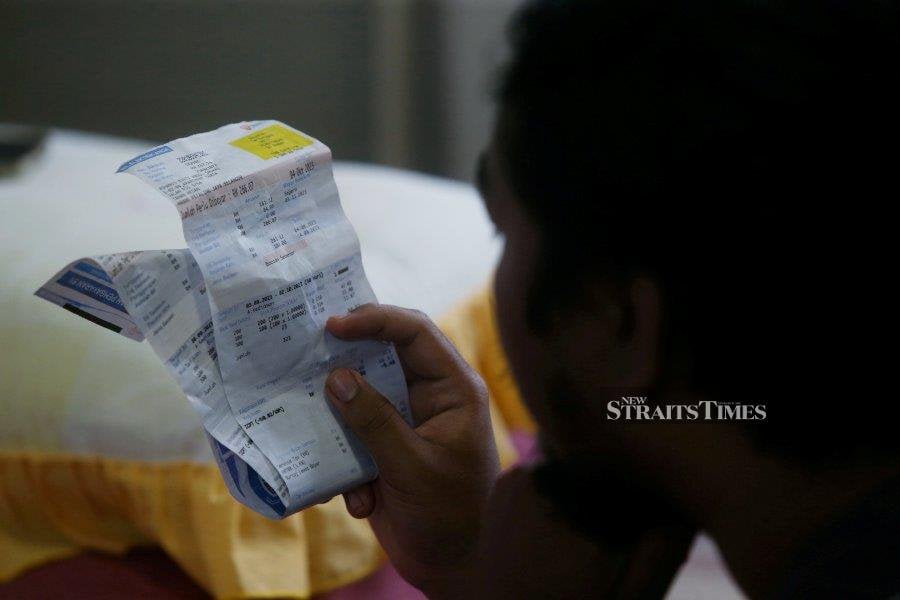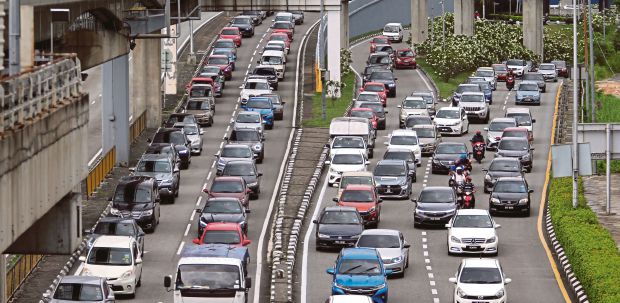The plush years of subsidised utilities and food are systematically being phased out, starting with selected cuts in electricity and petrol.
After a series of government pre-emptive announcements, the inevitable came through Tenaga Nasional Bhd: the government will spend much less on power subsidies — under RM2 billion for the first six months of 2024 compared with RM5 billion in the second half of 2023.
On average, the middle class, the above-average consumers, are expected to incur a RM12 to RM32 spike in electricity bills after rebates are slashed.
There's a reason why these cuts are targeted at the middle class: as versatile and prolific consumers, they are the obvious mark because of their enduring malleability in taking a financial hit.
Consumer price spikes notwithstanding, the middle class' nous to adapt is supple: what was petrol for sedans and SUVs would be replaced by e-hailing rides as the sensible economic alternative.
The same nous empowered the middle class to quarantine comfortably during the pandemic years, applying work-from-home tech savviness, a fully equipped medicine cabinet and TV content to binge on.
Not so for the low-income group, who struggled desperately, but are now rewarded by being exempted from subsidy cuts.
Just because the middle class can absorb the cuts doesn't mean it'll be a cakewalk: being the economy's prime movers, their extemporised spending habits could prompt a regressive chain reaction in the free market.
Once other subsidy cuts kick in, a new era of economic shifts will permeate. For starters, imagine lower outlay on new vehicles, luxury goods, fine dining and foreign tourism.
Malaysia's reputation as the giver of the most benevolent subsidies this side of Asia — RM81 billion this year alone as opposed to RM77 billion last year — will take a major dent.
Here's a breakdown of this year's distribution: RM42 billion on RON95 petrol and diesel, RM7 billion on chicken and eggs and RM2.4 billion on cooking oil, while the remainder is for electricity and other food and aid programmes.
After decades of being wielded as a juicy voting carrot for practically every income group, we can't afford the freewheeling subsidies anymore, not when the government is wearing a RM1.2 trillion national debt tyre around its neck.
For the first time in generations, the Anwar administration is the one overhauling the traditional cradle-to-grave commitment. Indirectly, the subsidy cuts acknowledge past excesses, misappropriations and outright thievery of taxpayers' funds that come with this populist policy.
However, it's an irony: despite massive public fund abuses, Malaysia could still produce assorted world-class transport, housing and commercial infrastructure undergirded by expansive economic opportunities.
Imagine if these endowments were augmented by an enlightened, corruption–free bureaucracy: the annual budget is in surplus, the inflationary economy becomes a textbook theory and Malaysia could outdistance its neighbours in every conceivable trade, industrial and technological endeavour.
While we'll never indulge in a superpower's massive trillions in subsidies, our backyard will forge the way to rationalise the subsidy demon.





